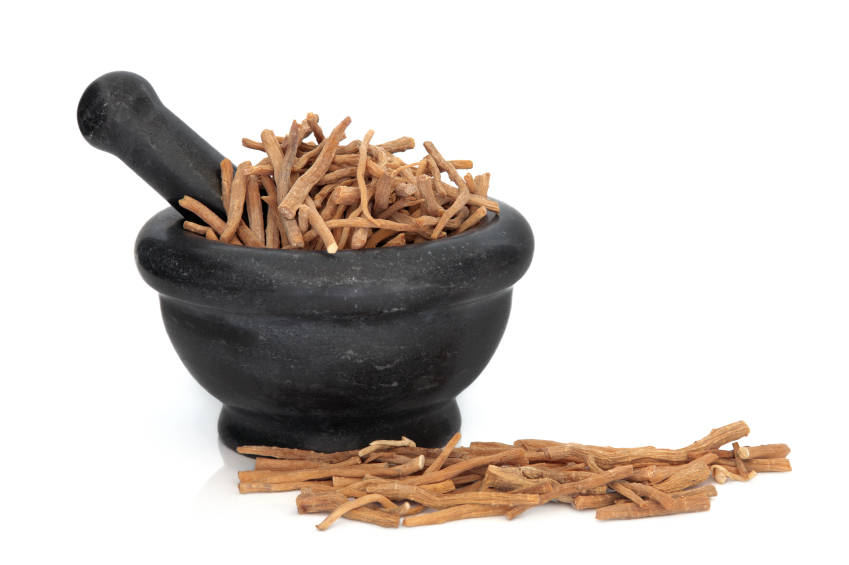If you suffer from chronic pain, there are three things you need from your painkiller… You want it to be natural. It has to be effective. And it should be safe to use over time.
And this powerful Chinese herb meets all of those criteria…
It relieves both inflammation and nerve pain. In fact, it’s so potent Eastern medicine practitioners use it to ease the pain caused by terminal cancer.1 Even though it works like an opioid, it takes a slightly different path.
It does not affect your morphine receptors, which raise your risk of addiction. Instead, it binds to dopamine receptors in your brain.2 Dopamine is your brain’s “reward system” that controls feelings of pleasure and emotional response.
Unlike opioids, your body doesn’t build a tolerance to this natural compound. This means you won’t have to keep taking more and more of it to get the same amount of relief.3
But if you want to get your hands on some, you’ll want to move quickly. Here’s why…
Corydalis Yan Hu Suo (CY) grows in abundance in China, Japan, and Siberia. It’s the root of the Chinese poppy plant, known for its beautiful purple flower. CY contains the compound dehydrocorybulbine (DHCB). It’s what gives CY its sought-after painkilling properties.4
Not surprisingly, Big Pharma is taking interest in the compounds in CY. If we had to guess, it won’t be long before you can’t find it in its natural form. More importantly, whatever drugs they develop from CY will be isolated, synthetic compounds. They won’t be natural, and they’re going to come with side effects.
For now, there are several ways to get CY in its natural form. You can find its root extract as a supplement in health stores and online. If you live near an Asian market that sells traditional Chinese herbs, you may be able to find it as a powder for making tea.
Our recommendation? Give it a try if you have any kind of chronic pain or inflammation. If you find it works, load up…before Big Pharma gets in the way.
In Good Health,

Angela Salerno
Publisher, INH Health Watch
Like this Article? Forward this article here or Share on Facebook.
References:
1http://www.ncbi.nlm.nih.gov/pubmed/19806782
2http://www.cell.com/current-biology/abstract/S0960-9822(13)01494-2
3http://www.natureworldnews.com/articles/5510/20140103/chinese-herb-compound-reduces-inflammatory-neuropathic-pain.htm
4http://www.dailymail.co.uk/health/article-2533192/Could-ancient-Chinese-herbal-remedy-used-treat-chronic-pain-Roots-plant-poppy-family-contain-pain-relieving-ingredient.html

